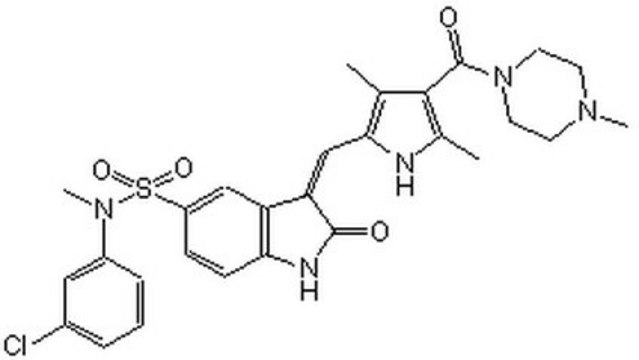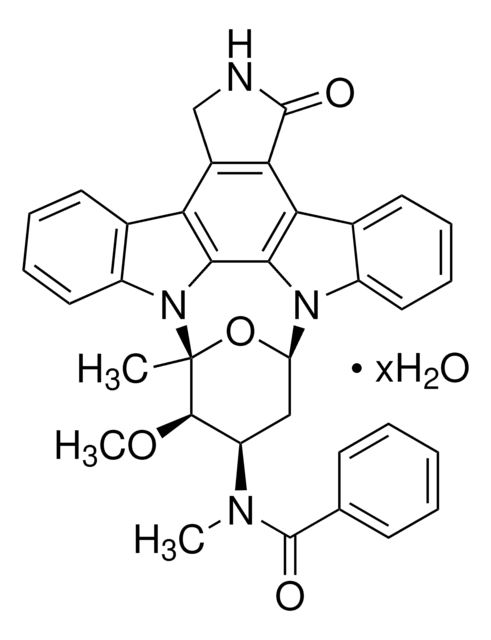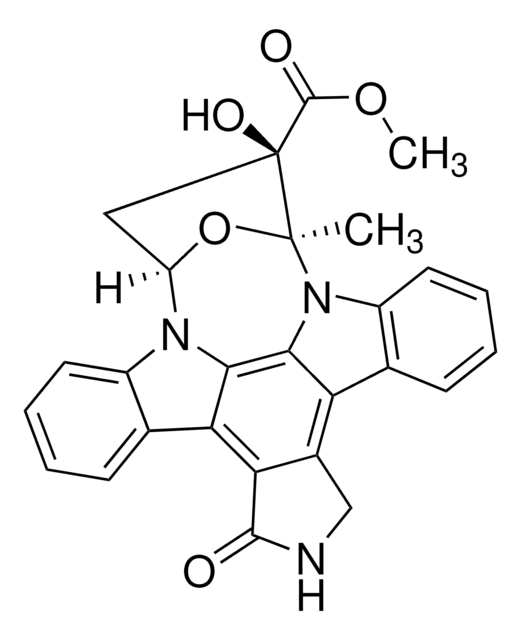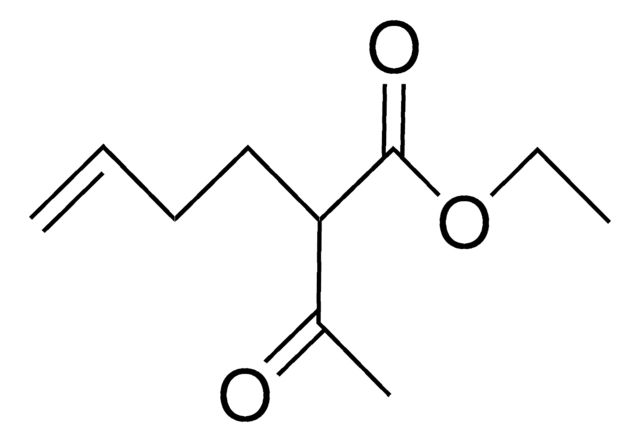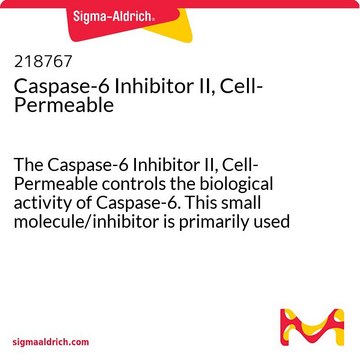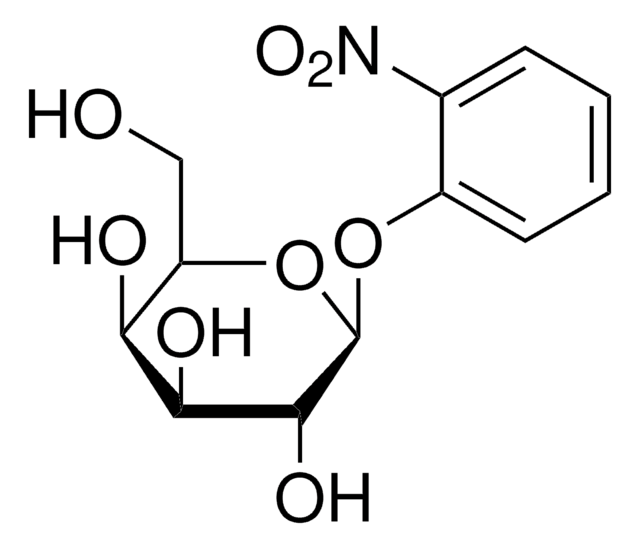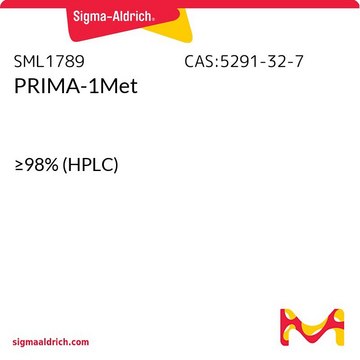S9820
SU 11274
≥98% (HPLC), powder
Synonym(s):
(3Z)-N-(3-Chlorophenyl)-3-({3,5-dimethyl-4-[(4-methylpiperazin-1-yl)carbonyl]-1H-pyrrol-2-yl}methylene)-N-methyl-2-oxo-2,3-dihydro-1H-indole-5-sulfonamide
About This Item
Recommended Products
Assay
≥98% (HPLC)
form
powder
color
orange
solubility
DMSO: 10 mg/mL at 60 °C
H2O: insoluble
storage temp.
2-8°C
SMILES string
CN1CCN(CC1)C(=O)c2c(C)[nH]c(\C=C3/C(=O)Nc4ccc(cc34)S(=O)(=O)N(C)c5cccc(Cl)c5)c2C
InChI
1S/C28H30ClN5O4S/c1-17-25(30-18(2)26(17)28(36)34-12-10-32(3)11-13-34)16-23-22-15-21(8-9-24(22)31-27(23)35)39(37,38)33(4)20-7-5-6-19(29)14-20/h5-9,14-16,30H,10-13H2,1-4H3,(H,31,35)/b23-16-
InChI key
FPYJSJDOHRDAMT-KQWNVCNZSA-N
Application
- To study the role of hepatocyte growth factor (HGF) in human vestibular schwannoma proliferation.
- To study its effect on human gastric carcinoma cell line MKN-45.
- To study the effect of HGF on phosphorylation of epidermal growth factor receptor, c-Met and other signaling pathways.
Biochem/physiol Actions
Features and Benefits
Storage Class Code
13 - Non Combustible Solids
WGK
WGK 3
Flash Point(F)
Not applicable
Flash Point(C)
Not applicable
Personal Protective Equipment
Regulatory Information
Choose from one of the most recent versions:
Certificates of Analysis (COA)
Don't see the Right Version?
If you require a particular version, you can look up a specific certificate by the Lot or Batch number.
Already Own This Product?
Find documentation for the products that you have recently purchased in the Document Library.
Articles
Discover Bioactive Small Molecules for Kinase Phosphatase Biology
Our team of scientists has experience in all areas of research including Life Science, Material Science, Chemical Synthesis, Chromatography, Analytical and many others.
Contact Technical Service